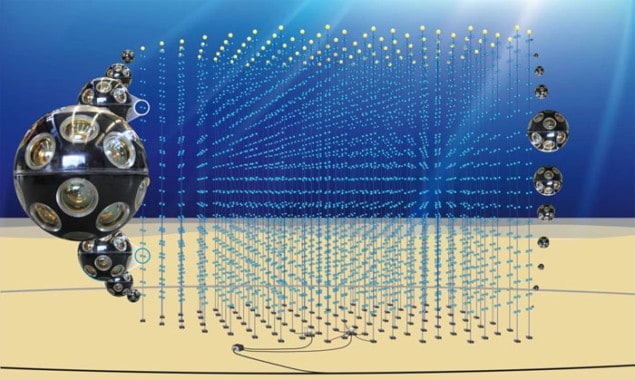
Whales are huge, and you would know it if you collided with one. Neutrinos, on the other hand are tiny and rarely collide with anything. So, what could they possibly have in common? It turns out that physicists working on the KM3NeT neutrino detector in the Mediterranean Sea have managed to hear the clicking sounds produced by sperm whales. You can read more in “A whale of a tale” by Jordan Rice.
Can the human eye detect cosmic radiation? The astronaut Scott Kelly thinks so, but does this stand up to the scrutiny of a particle physicist? Adam Falkowski seems to agree with Kelly in “Human eye can detect cosmic radiation”
Finally, the sprinter Usain Bolt has joined Stephen Hawking in the ranks of people who have experienced weightlessness onboard a diving aircraft. The French aeroplane is usually used for research purposes, but on this flight Bolt demonstrated at device for drinking champagne in zero gravity. See “Bubbling Bolt toasts zero-gravity with champagne”.



